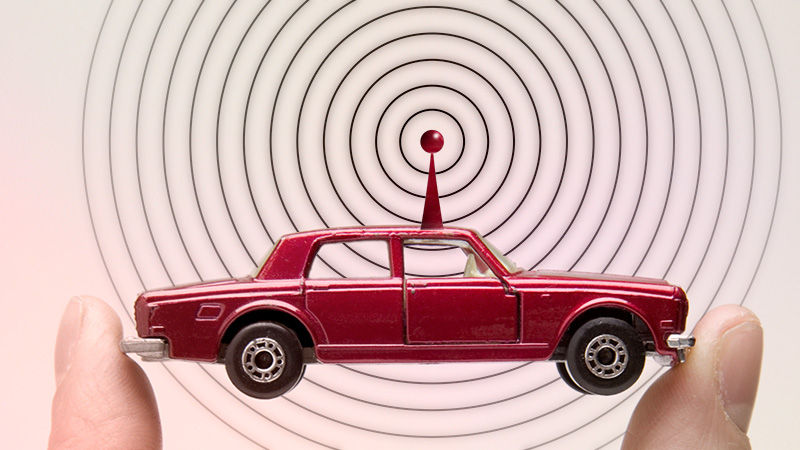
General Motors has announced plans to offer over-the-air (OTA) software updates "before 2020." The company's CEO, Mary Barra, announced the plan on an analyst call on Tuesday. The capability will require the deployment of a new electric vehicle architecture and a new infotainment system. OTA updates are high on the tech-savvy car buyer's wishlist, but here in the US, most new cars are locked out of receiving them thanks to a legal and contractual landscape between the OEMs and their dealer networks that is highly beneficial to the latter.
It's not a technical issue; companies like Harman and others have the right systems to push out OTA updates to vehicles; the OEMs just aren't allowed to deploy them.
Boiled down to its essence, OEMs can't offer existing customers new features for their vehicles without the car dealerships getting their cut. This is in contrast to Tesla, which has done much to highlight the utility of OTA updates.
Love it or hate it, you can't deny that Tesla has been breathing fresh air into the US car market. By eschewing the traditional way of selling cars in the US—a network of dealerships which the OEM supplies with new cars for a price—it has also been unencumbered by the restrictive regulations that those dealers (and their lobby group NADA), have had written into law.
For Tesla, it's a case of swings and roundabouts. On the one hand, the company lacks the robust servicing infrastructure that most of its more conventional rivals take for granted; as a result, servicing your Model S or Model X can involve a lengthy delay. (And who knows how things will pan out when Tesla starts churning out Model 3s in volume?)
But on the other hand, Tesla isn't bound by laws that prevent it from rolling out new features to customers without having a dealership as a mandatory middle step. Tesla codes a new feature and pushes it out to the cars—end of story.
We at Ars think this ought to be the way the car industry works, and conversations with representatives from more than a few OEMs here in the US have exposed frustration with the straitjackets that they find themselves in. (Straitjackets that will require some effort to extricate from; car dealers donate a lot of money to politicians, so don't be surprised that the laws are written in their favor.)
While we view GM's announcement as a positive step—and similarly Ford's news from last year that it would use OTA updates to add Android Auto and Apple CarPlay to MY2016 Sync 3-equipped vehicles—it's becoming inexcusable that this remains a problem in 2017, particularly since the industry is driving us headlong into the era of the connected car.
We all know just how frequently security flaws are discovered (and then exploited) in embedded devices and the Internet of Things; it's almost unthinkable that any roadblocks should stand in the way of patching those flaws as quickly and safely as possible.
reader comments
124